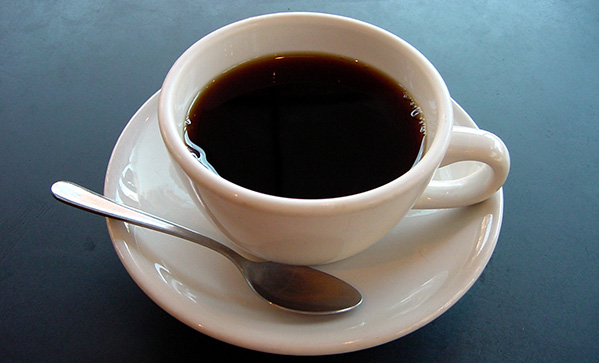Like your coffee unadulterated? Us too. Bad news on that front, though: coffee is being cut with filler ingredients due to low supply and high demand. In fact, your brew may be cut with corn, barley, wheat, soybeans, rice, beans, acai seed, brown sugar, or starch syrup. The good news? There’s a test coming out that can verify the purity of your coffee.
Research being presented at a meeting of the American Chemical Society promises to help customers sort good coffee from swill—in terms of additives, anyway. The trouble is, the world faces a growing shortage of coffee. In fact, a 2012 study found that seventy per cent of the world’s coffee could be gone by 2080 due to conditions caused by climate change. Some of these conditions have already caused a shortage; for example, a drought in Brazil has lowered the country’s production from fifty-five million bags to forty-five million bags—that’s forty-two billion fewer cups to go around.
Enter coffee fraud. There’s less of the black stuff to go around, and it isn’t difficult to cut coffee with inexpensive grains. According to one of the test’s developers, Dr. Suzana Lucy Nixdorf, “after roasting and grinding the raw material, it becomes impossible to see any difference between grains of lower cost incorporated into the coffee, especially because of the dark colour and oily texture of coffee.”
Hence the new test. Past tests have relied on looking under a microscope for offending intruders. This new test involves liquid chromatography. Because most coffee is composed on carbohydrates, researchers can more easily sort real coffee compounds from ingredients that shouldn’t be there, and it can do so with 95% accuracy.


